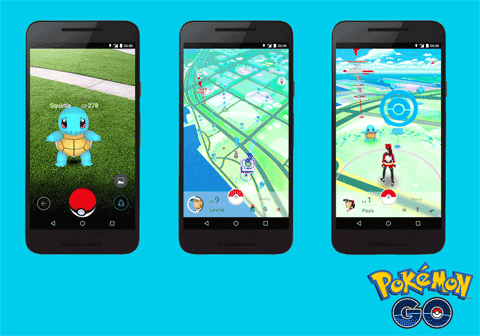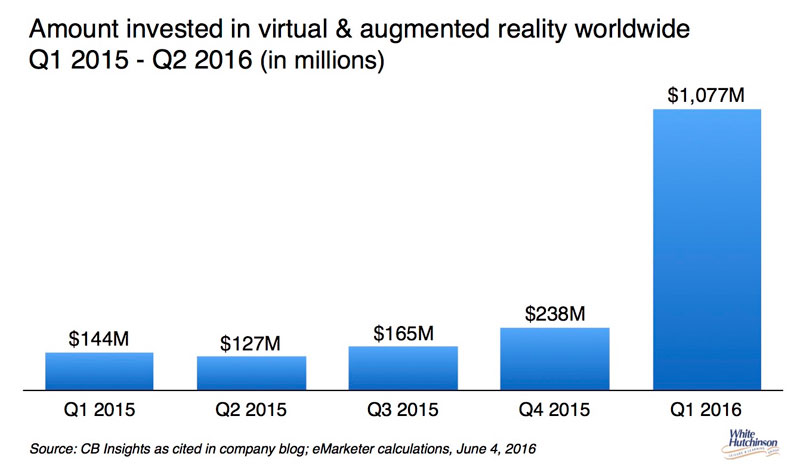
Vol. XVI, No. 7, June/July 2016
- Editor's Corner
- Quite a change in a quarter century
- Go from 'stupid' to 'stupendous' in 3 days
- A business model built on quicksand; history continues to repeat itself
- Eight years and counting
- Bowling; a tale of two worlds update
- Who are the early adopters of new technology?
- An industry paralyzed by tunnel vision
- Pokémon Go a watershed moment
Pokémon Go a watershed moment

In less than two weeks Pokémon Go has become the rage for millions of people throughout the world who are roaming around gazing into their smartphone screens with a goal to capture 151 Pokémon. It's not the first use of augmented reality (actually mixed reality), but it's the first to gain mass mainstream adoption. Experts consider Pokémon Go a moonshot that establishes augmented reality for many future consumer applications.
In a few years when Magic Leap, Hololens and other AR companies allow us to look thru glasses instead of at screens to mix digitally created and real world experiences and to connect with other people, we'll be looking back at Pokémon Go as a really crude form of augmented reality.
What Pokémon Go has done is take video game play off of the sofa and out into the real world. In a sense, the entire world has now become a giant 3D screen that you are physically in. And although other video games can be digitally social, Pokémon Go is bringing strangers physically together in the real world at its Gym locations.
Pokémon Go is a true defining chapter in the history of technology. It is a watershed moment as a new form of interactive entertainment, and a no or very low cost one at that. Out-of-home entertainment is no longer confined to a specific building, a piece of real estate where you have to pay a considerable price to enjoy it.
Pokémon Go and future applications of augmented and mixed reality are sure to add to the already digital disruption we are seeing to existing out-of-home entertainment options. And that disruption is sure to accelerate if the growing investment in augmented and virtual reality is any indication. In the first quarter of 2016, over $1.0 billion dollars was invested in AR and VR companies, 60% more than all the money invested during entire 2015 year.

For more about Pokémon Go and AR, check out our CEO's July 14th blog.
Vol. XVI, No. 7, June/July 2016
- Editor's Corner
- Quite a change in a quarter century
- Go from 'stupid' to 'stupendous' in 3 days
- A business model built on quicksand; history continues to repeat itself
- Eight years and counting
- Bowling; a tale of two worlds update
- Who are the early adopters of new technology?
- An industry paralyzed by tunnel vision
- Pokémon Go a watershed moment



